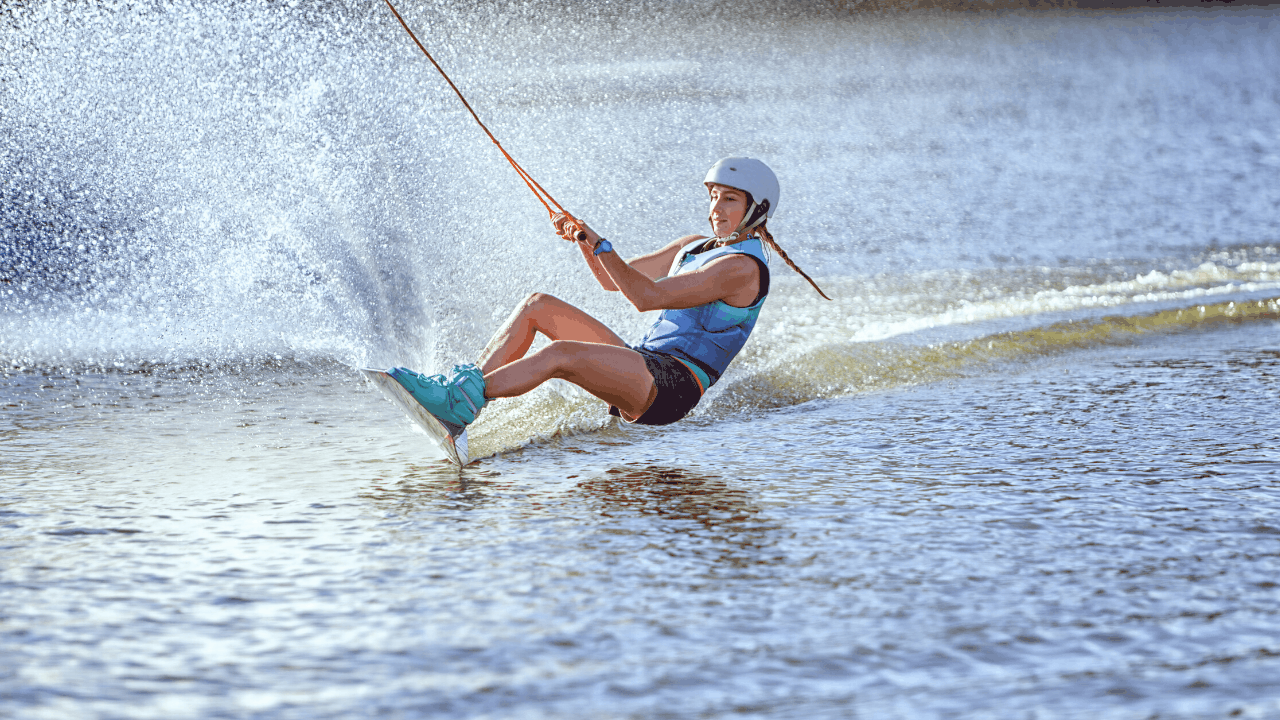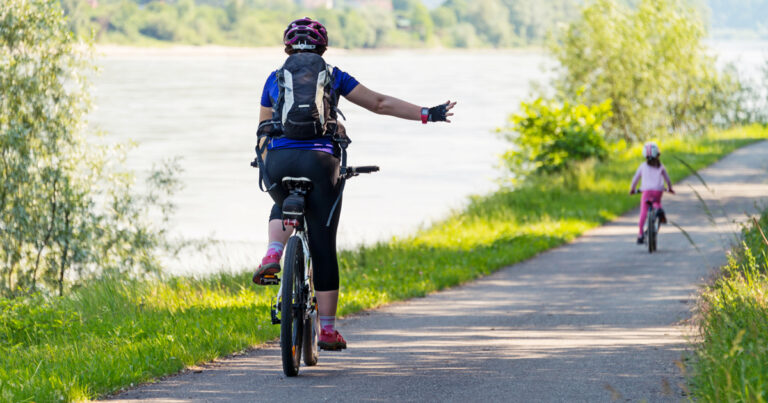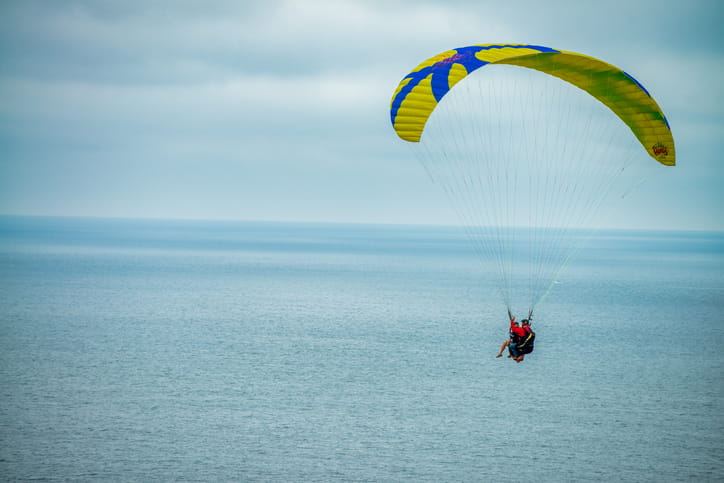Have you ever craved the thrill of surfing but wished for the control of snowboarding? Welcome to the exhilarating world of wakeboarding, a water sport that combines the best of both realms. Originating in the 1980s as a hybrid of surfing and water skiing, wakeboarding has rapidly gained popularity among adrenaline seekers and water enthusiasts alike. Not only does it offer an exciting way to enjoy the water, but it also provides a full-body workout that improves balance, strength, and coordination. In this blog post, we’ll dive into the fundamentals of wakeboarding, explore its history and evolution, and provide tips for beginners looking to make a splash in this dynamic sport. Whether you’re a seasoned water sports aficionado or a curious newcomer, this guide will equip you with everything you need to start your wakeboarding journey.
Getting Started with Wakeboarding
Wakeboarding combines elements of water skiing, snowboarding, and surfing. Before hitting the water, familiarize yourself with the necessary equipment and basic techniques.
Essential Equipment
- Wakeboard: Choose a board suitable for your skill level. Beginners benefit from larger, more stable boards.
- Bindings: Ensure a snug fit to maintain control and comfort.
- Life Jacket: A Coast Guard-approved personal flotation device is crucial for safety.
- Rope and Handle: Opt for a non-stretchable rope, typically between 55-75 feet, to maintain stability.
- Boat: A wakeboarding-specific boat creates ideal wakes for riding.
Choosing the Right Location
Select a location with calm water and minimal boat traffic. Lakes and designated wakeboarding parks offer ideal conditions for beginners.
Basic Techniques
Body Positioning
Maintaining proper body positioning is crucial for balance and control. Keep your knees bent, arms straight, and back slightly arched. Your weight should be evenly distributed between both feet.
Getting Up on the Board
1. Begin in the water with the board perpendicular to the boat.
2. Hold the handle with both hands and let the boat’s pull bring you onto the board.
3. As you rise, shift your weight forward and stand up gradually.
Riding the Wake
Once you’re up, focus on maintaining balance. Keep your eyes on the horizon, not on your feet. To navigate the wake, lean slightly in the direction you wish to go.
Common Challenges and Solutions
Struggling to Stand Up
Many beginners face difficulty standing up initially. Ensure your knees remain bent and your arms straight. Let the boat do the work; avoid pulling yourself up with your arms.
Maintaining Balance
Balance issues often stem from incorrect body positioning. Regularly check your stance and adjust your weight distribution as needed.
Falling Frequently
Falling is a natural part of learning. Analyze each fall to understand what went wrong. Practice makes perfect, so be patient and persistent.
Improving Your Skills
Learning to Carve
Carving involves making smooth turns by shifting your weight. Practice leaning into turns and using your hips to guide the board.
Mastering Jumps
Once comfortable riding, attempt small jumps. Approach the wake with moderate speed, bend your knees, and use the wake’s edge to launch yourself. Focus on landing with knees bent to absorb impact.
Trying Tricks
After mastering basic jumps, explore simple tricks like surface 180s or grabs. Progress gradually to more advanced maneuvers.
Safety Considerations
Using Proper Gear
Always wear a life jacket and ensure your equipment is in good condition. Check ropes and bindings before each session.
Knowing Your Limits
Avoid pushing beyond your skill level. Gradually increase difficulty to prevent injury.
Avoiding Obstacles
Stay clear of other boats, swimmers, and debris in the water. Maintain a safe distance from the shore and other riders.
Wakeboarding Etiquette
Sharing the Water
Respect other water users by maintaining a safe distance and following local regulations. Communicate with fellow riders to avoid collisions.
Respecting Nature
Dispose of trash properly and minimize your environmental impact. Avoid disturbing wildlife and damaging natural habitats.
Finding Instruction and Community
Taking Lessons
Consider professional lessons to accelerate learning. Instructors provide valuable feedback and guidance.
Joining Clubs and Events
Connect with local wakeboarding clubs to meet other enthusiasts. Participate in events and competitions to improve skills and gain experience.
Conclusion
Wakeboarding offers an exhilarating way to enjoy the water. By understanding the basics, addressing common challenges, and prioritizing safety, beginners can quickly develop their skills. Embrace the learning process, and soon, you’ll be carving the wake with confidence.





